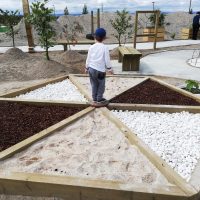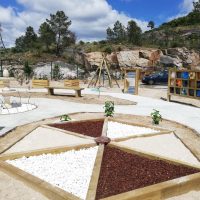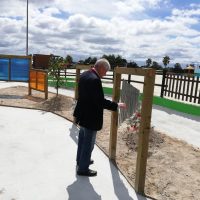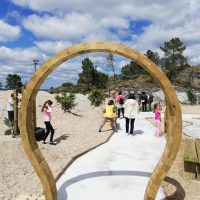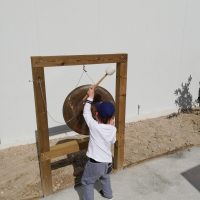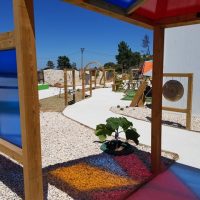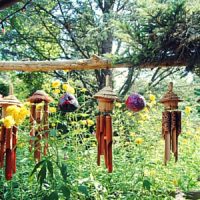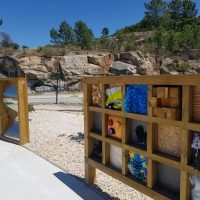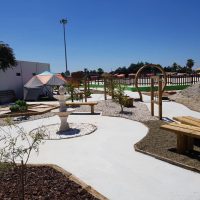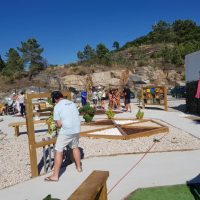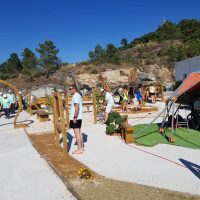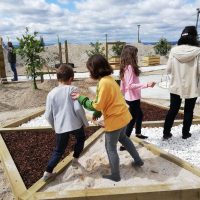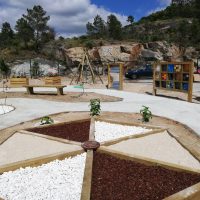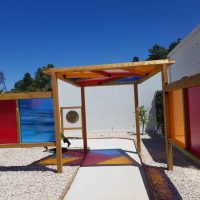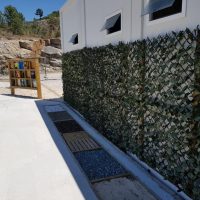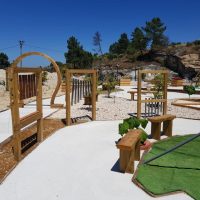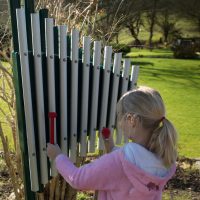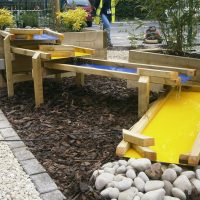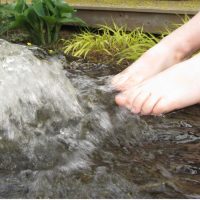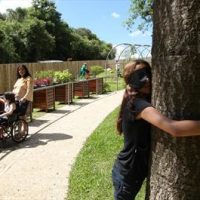The sensory gardens have great influence of the oriental culture. To fulfill your purpose, it is very important to pay attention to some details. For example, the texture of plants, which is varied to sharpen the feel. Fountains and cascades are used to work the hearing as well as water spouts. In order to stimulate the vision it is fundamental that the plants exhibit varied foliations besides flowers with diversity of colors. Smell is stimulated by the scent and aroma of plants, it is recommended to put edible flowers and aromatic herbs.
Learn more about our Sensory Gardens!
What is a Sensory Garden?
The sensory gardens have great influence of the oriental culture. To fulfill your purpose, it is very important to pay attention to some details.
For example, the texture of plants, which is varied to sharpen the feel. Fountains and cascades are used to work the hearing as well as water spouts. In order to stimulate the vision it is fundamental that the plants exhibit varied foliations besides flowers with diversity of colors. Smell is stimulated by the scent and aroma of plants, it is recommended to put edible flowers and aromatic herbs.
Initially, in the 1990s, this type of multisensory environment was created to work with visually impaired people, providing stimulation of other sense organs and a quieter environment with the psychological support needed to deal with their limitations.
Currently the main objective is the promotion of health, be it healthy and active aging, or the maintenance of abilities and the motor, cognitive and sensorial rehabilitation of people with some deficit in these competences, the autonomy and initiative, the self-esteem, or only the contact with the nature and the integration of the senses, nowadays little stimulated, due to the stressful routine of the daily life.
In everyday life one has the impression of perceiving everything through the eyes, as if the other senses were asleep. We do not remember, for example, that the plants can have a pleasant texture to the touch, besides a good aroma. The function of the sensory garden is to retake these senses, reviving the dormant perception.
The ZenSenses Sensory Garden
ZenSenses has a consulting service to support the creation of Sensorial Gardens, in which elaborates a project contemplating the equipment and materials necessary and adequate to the target population, professionals, physical space and financial possibilities of each entity. If necessary, we also prepare a statement of reasons for applications to financing.
For the implementation of the project it is required a varied range of materials related to the construction and maintenance of the Sensory Garden. There may be gardening zones, relaxation zones and zones for stimulating activities, socialization and cooperation, or a zone for each sensation. A proposal is made indicating suggestions for the layout / location of the different zones that will exist in the Sensorial Garden and studied the issue of accessibility for all, the diversity of textures on the pavement, the selection of suitable plants, among other items to consider.
We can value existing spaces, making them more pleasant, functional and accessible, or create completely new spaces.
After the implementation, on-site training is provided to professionals, by an occupational therapist with experience in the area of special needs, disability, psychiatry and the elderly, and in multidisciplinary teamwork.
With ZenSenses equipment, these spaces are more than a leisure area, they are a social inclusion tool for people with different types of needs, where it is possible to develop activities to stimulate the senses through contact with nature, contributing to its rehabilitation, promoting autonomy, discovery, exploration, interactivity, as well as positive therapeutic and pedagogical effects, exploring alternative forms of communication, providing moments of well-being and diminishing social isolation.

